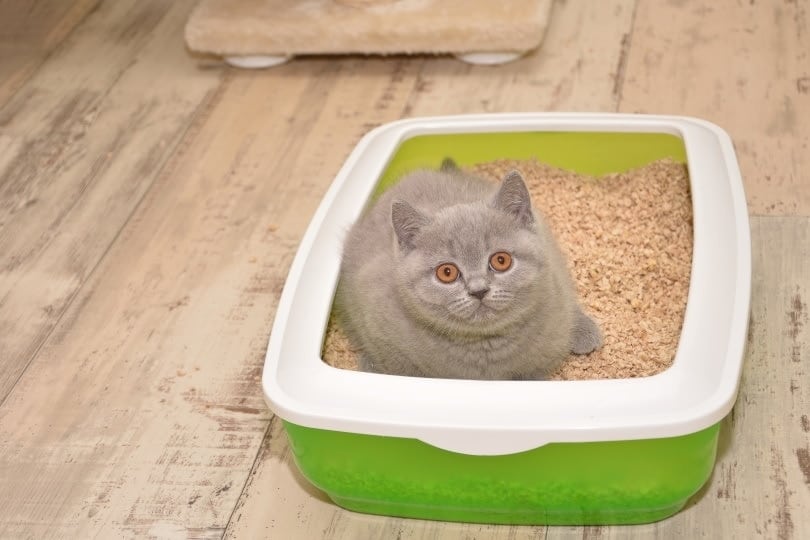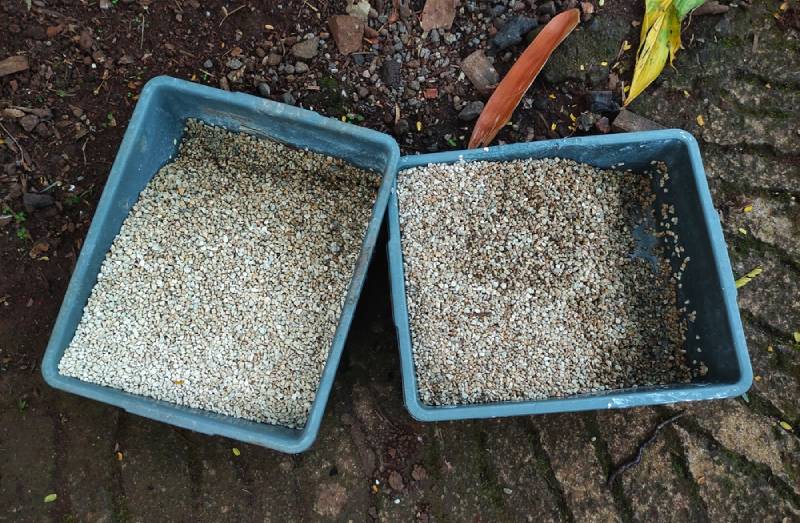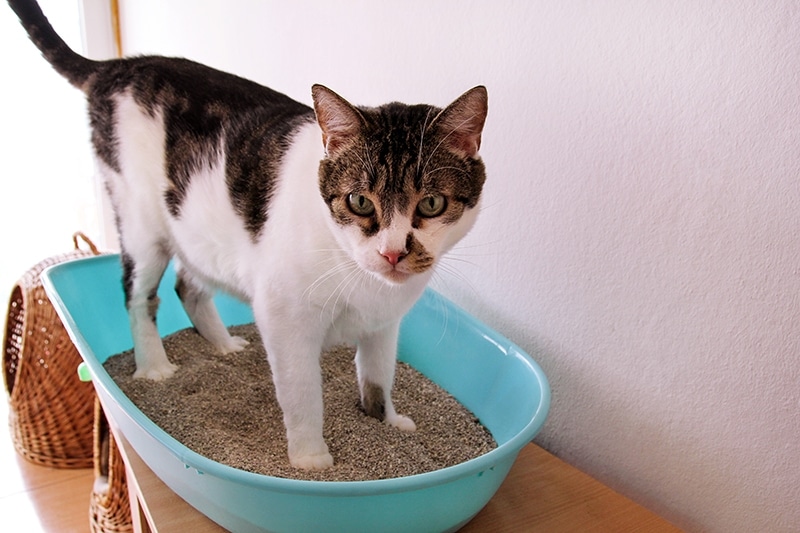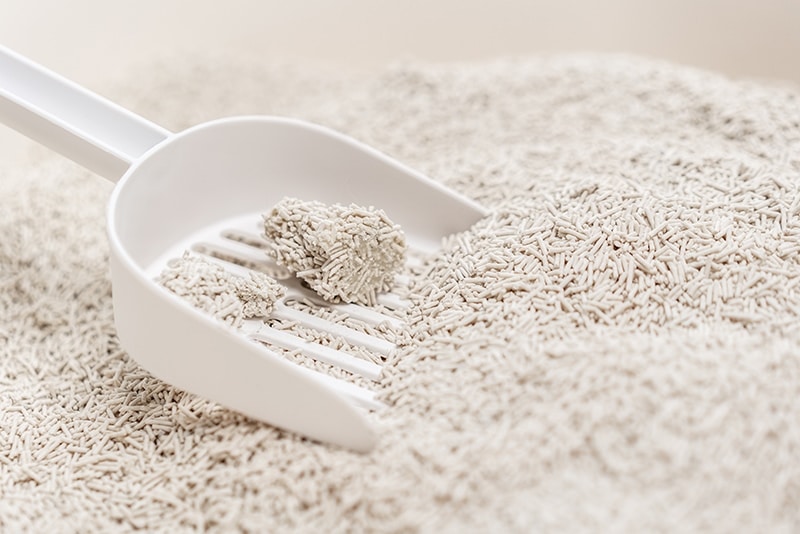While cats cost less than dogs to keep happy and healthy, food, toys, and litter can quickly add up and cost more than expected. Fortunately, there are several easy ways to save on essentials, such as cat litter.
Because cats aren’t generally fans of change regarding the type of litter they use, saving money is often a question of shopping around and finding deals and discounts on products they already like. Keep reading to learn more about six ways to save on cat litter while keeping things copacetic from your buddy’s point of view.
The 6 Ways to Save Money on Cat Litter
1. Take Advantage of Auto-Ship Programs
Several online retailers offer auto-ship programs that make it easy to save on all sorts of pet care products. They provide discounts on items purchased through auto-ship programs, which can often add up to a nice bit of change over time.
Most auto-ship plans allow you to determine how often you get deliveries, and you’ll never have to worry about running out of cat litter again. Scheduled deliveries can also make it easier to limit and control how much you spend on litter.

2. Use Social Media to Find Deals and Sales
Engaging with pet store retailers online is a great way to find out about deals you can use to save on essentials such as litter. Like or follow pet stores on Facebook or Instagram to ensure you never miss an opportunity to save.
Many pet companies have coupons and discount codes via their social media accounts, and some even have contests and competitions that allow you to score store credits that can be applied to purchases so you can nab items for free or for less than they would typically cost.
3. Sign Up for Mailing Lists
Signing up for retailer mailing lists is often an incredibly simple way to get fast discounts on litter purchases. Many stores offer set percentages off first orders, which can add up with large purchases.
Retailer emails are often packed full of useful information about new products and upcoming sales, and they’re great ways to find out about seasonal deals and offers you can take advantage of to save on pet products, including litter.
4. Comparison Shop
Shopping around and checking prices at different retailers can sometimes deliver significant savings. Stores sometimes charge different prices for the same products, often making it worthwhile to take a look at litter prices at a few different places.
Online retailers and e-commerce sites sometimes sell products for less than brick-and-mortar stores, and you can save even more by taking advantage of coupon codes and auto-ship program discounts. Consider signing up to receive emails from several retailers so you can comparison shop right from the comfort of your home.

5. Use Less Litter
There are a few simple things you can do to actually minimize the amount of litter your cat goes through, such as ensuring your buddy’s restroom stays nice and clean by scooping it out super regularly so that smells don’t have a chance to get started and accumulate. A sprinkle of baking soda or other odor-absorbing litter additive can help keep smells at bay. Some pet parents find automatic litter boxes particularly useful when it comes to odor control, although some cats object to the noise produced by self-cleaning options.
6. Buy in Bulk
Many retailers provide discounts when you spend more than the minimum, and buying a few boxes of litter can save money. It’s also possible to score free shipping on large purchases, which can be substantial given how heavy cat litter tends to be.
Bulk buying can also make life a bit easier to manage, as it can reduce the number of trips you need to make to the store, eliminating the temptation to spend money on unplanned purchases.
Price Guide
Non-clumping clay products are the cheapest types available and are usually pretty easy to find. Clumping clay litter is next in line, and crystal products are a bit more expensive than clumping clay choices.
Biodegradable and sustainable litter, such as pine and tofu products, are the most expensive since they often require more frequent changing than other types. Many are only available online or through brick-and-mortar pet stores.
| Product | Price Range |
| Non-clumping clay litter | $0.47/lb–$3.75/lb |
| Clumping clay litter | $0.97/lb–$1.32/lb |
| Crystal litter | $3.18/lb–$3.38/lb |
| Sustainable litter | $1.21/lb–$1.41/lb |
Frequent Asked Questions
What About Switching to a Cheaper Product?
Cats are particular about their environments; most have preferences for food, toys, and litter. While one type of litter may appear much the same as another when evaluated using human standards, cats may feel quite differently by the sudden introduction of new products.
Buying something cheaper won’t be cost-effective if your cat refuses to use it, and you’ll have to re-purchase their old favorite anyway.

How Long Does Transitioning From One Type of Litter to Another Take?
Some pets take the change in stride and keep it moving; others require time to become comfortable with the new option. Reducing the amount of the old litter while at the same time including more of the new brand until the transition is complete gives cats time to get comfortable with new products.
Taking the process slowly allows them to ease through the transition, which can reduce the stress that comes with environmental changes.
Are Biodegradable Brands Flushable?
While eco-friendly litter from products such as tofu, paper, and wood shavings or chips is generally better for the earth than clay and crystal choices, it should be disposed of in the garbage according to local regulations.
Water systems aren’t equipped to get rid of toxins such as Toxoplasmosis that can come from cat feces and make pregnant individuals and people with weak immune systems ill. Litter can also damage internal plumbing structures and sewers, which can lead to unsanitary conditions.
Conclusion
Cats can be picky about their litter, and switching brands often isn’t a great option for saving money. However, you can sign up for auto-ship programs, follow retailers on social media to find out about deals, and buy in bulk to score free shipping. Best of all, these methods don’t take much time or effort to implement. Keeping your cat’s litter box squeaky clean and using odor-absorbing products can also extend the life of the litter and reduce the amount of money you spend on your companion’s restroom needs.
Featured Image Credit: Anciens-Huang, Shutterstock












